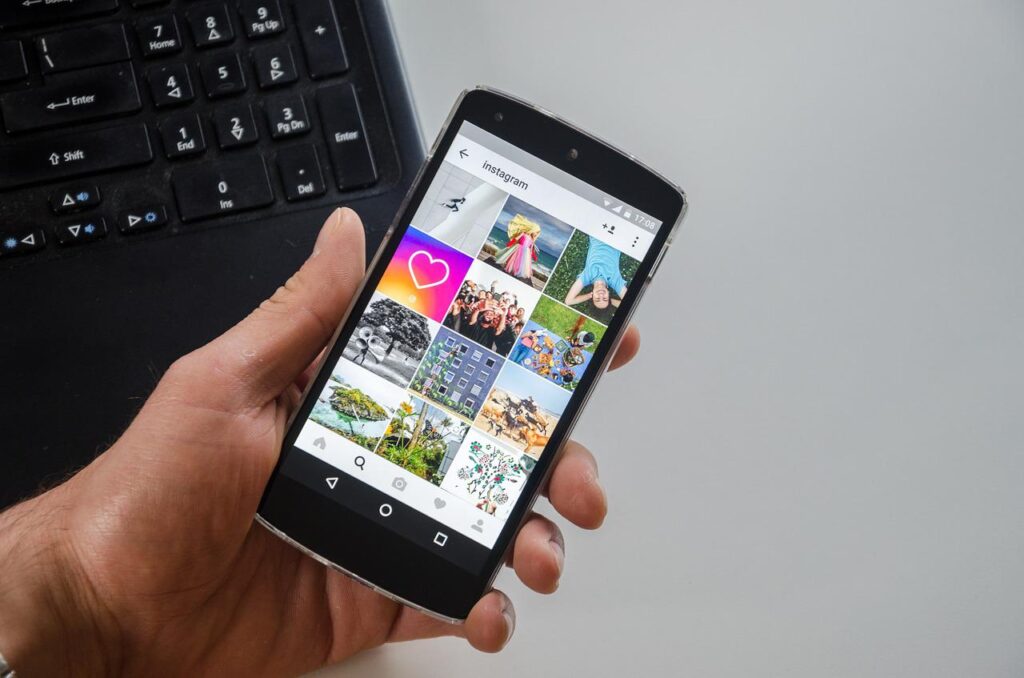Why Social Media Companies Like Angry Users
Social Media companies promote an algorithmic feed that promotes anger because it keeps users more engaged.
This article is more than 2 years old

For most people, checking social media for updates on just about anything has become second nature. And, while it’s a great way to connect with friends and family who may be scattered around the world, it can also lead to doom scrolling. How many times have you opened your social platform of choice only to be bombarded with things that makes you angry or upset? If it feels like hate is all you see these days, it’s not your imagination. Max Fisher, a journalist who focuses on how these sites influence global conflicts and our daily lives, covered it extensively for The New York Times.
Fisher also talked about how the polarizing effect of social media is gaining momentum in his new book, The Chaos Machine (via NPR). “Remember that the number of seconds in your day never changes,” an excerpt from the book says. But the amount of social media content competing for those seconds doubles every year depending on how you measure it. The author goes on to explain that because of the platform’s tilt, users will see the most outraged half of their feed.
So why do social media algorithms steer people toward anger? The short answer is to increase engagement. When folks log on to Facebook, Twitter, TikTok, or Instagram they expect to see recent posts from the people and brands they follow. But what they really experience are choices made by incredibly sophisticated automated systems that are designed to figure out exactly what combination of posts will most engage very specific cognitive triggers and weak points. These are meant to trigger certain, emotions, impulses, and instincts that will make people feel really compelled to come back to the platform to spend more time on it.
Unfortunately, those upsetting social media posts are the things that are most engaging to us. But it’s not because everyone is up for a fight. They simply get the most attention because these posts speak to a sense of social compulsion or group identity that is “under threat.” As such, moral outrage is the most powerful form of content online. This type of content grabs your attention and engages your emotions because it taps into deeply evolved instincts that humanity holds onto for basic self-preservation.

For most people the effect is subtle. But folks who are more easily influenced, run the risk of angrily engaging with these posts or, in extreme cases, becoming radicalized. Luckily, there is a way to avoid the unpleasantness of social media. Most experts recommend some version of turning it off. But that doesn’t mean turning off the entire platform. You just need to change the algorithm. Posts with the most “likes” tend to appear at the top of your feed. So shutting off the counter is a great place to start.
That’s even something the former head of Twitter, Jack Dorsey floated as an idea because he came to see that it is so harmful. Most social media platforms also give people the option to show their “favorite” posts first. So by adding friends and family to this customized list, people can avoid seeing doom and gloom as soon as they open the apps. Instead, your timeline will be blessed with birthday messages and puppies – depending on what you prefer.





